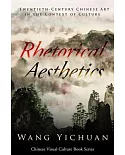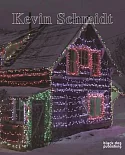Color Field painting, which emerged in the United States in the 1950s, is based on radiant, uninflected hues. Exemplified by the work of Helen Frankenthaler, Morris Louis, Kenneth Noland, Jules
Olitski, Larry Poons, and Frank Stella, among others, these stunningly beautiful and impressively scaled paintings constitute one of the crowning achievements of postwar American abstract art.
Color as Field offers a long-overdue reevaluation of this important aspect of American abstract painting.
The authors examine how Color Field painting rejects the gestural, layers, and hyperemotional approach typical of Willem de Kooning and his followers, yet at the same time develops and expands
ideas about all-overness and the primacy of color posited by the work of other members of the Abstract Expressionist generation, such as Adolph Gottlieb, Hans Hofmann, Robert Motherwell,
Jackson Pollock, and Mark Rothko.
From the fresh historical standpoint of the twenty-first century, this reassessment ranges across the artists' individual approaches and their commonalities and poses the reconsideration of the
legacy of Color Field painting.





















